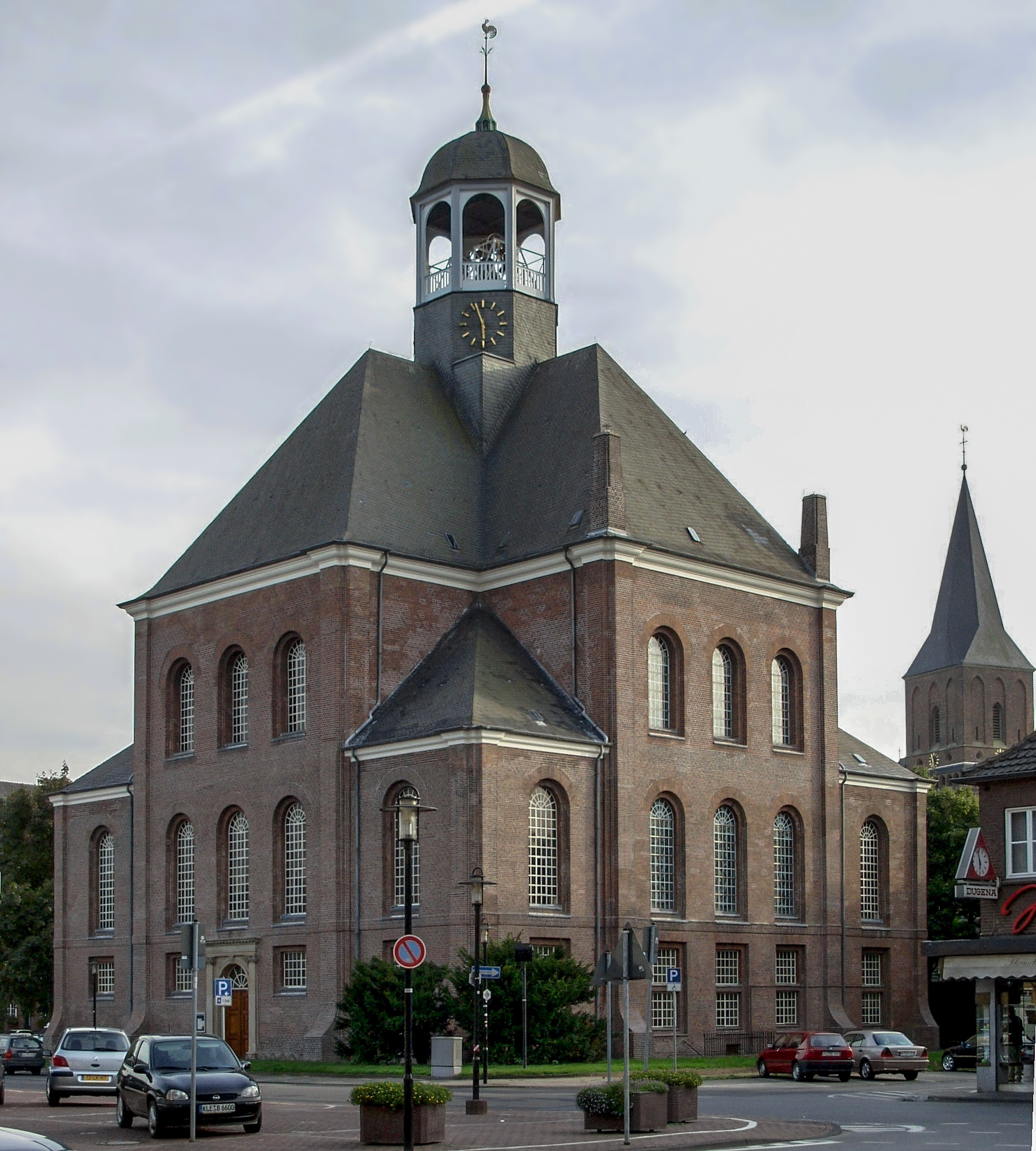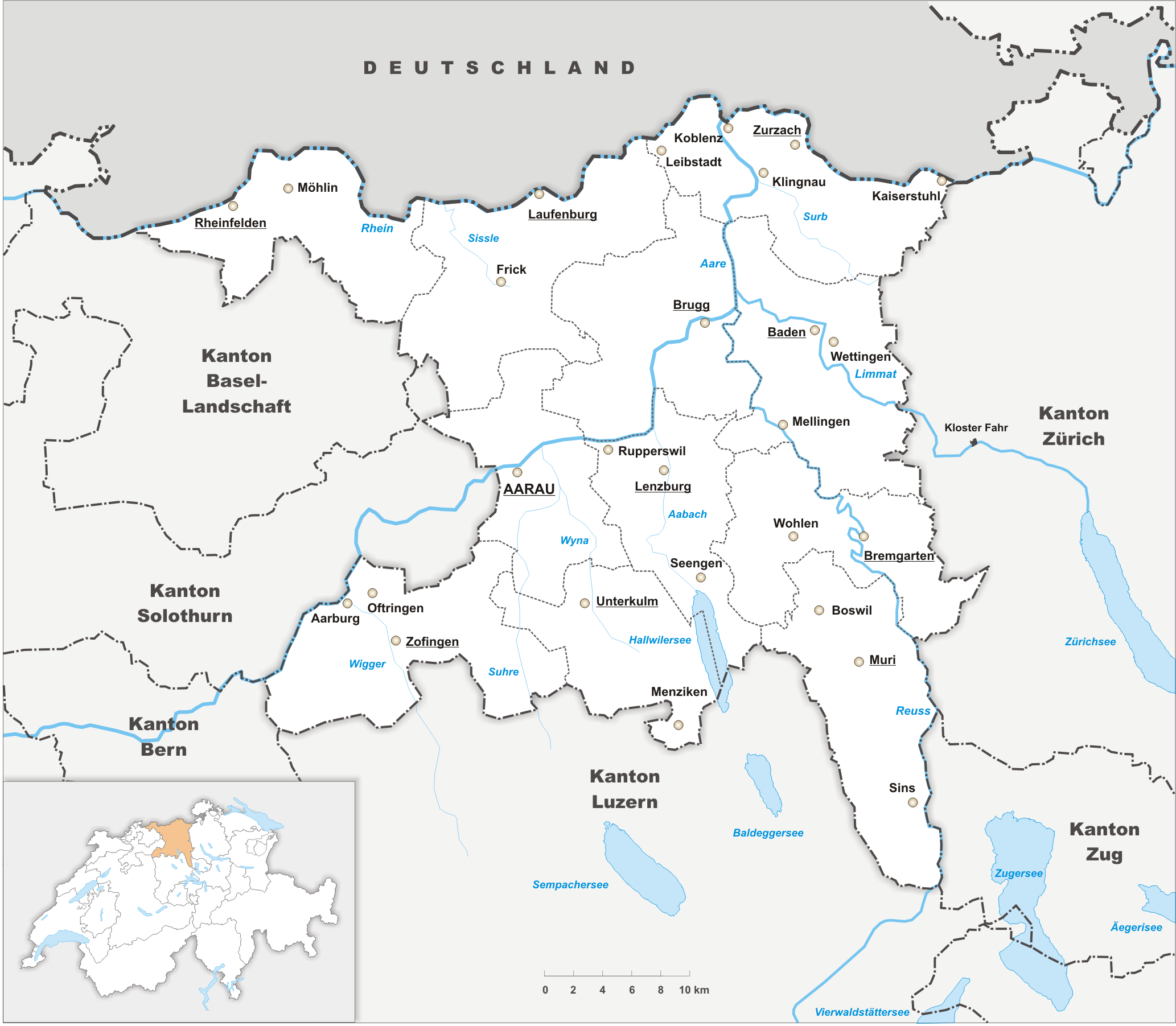|
Heinrich Bullinger
Heinrich Bullinger (18 July 1504 – 17 September 1575) was a Swiss Reformer and theologian, the successor of Huldrych Zwingli as head of the Church of Zürich and a pastor at the Grossmünster. One of the most important leaders of the Swiss Reformation, Bullinger co-authored the Helvetic Confessions and collaborated with John Calvin to work out a Reformed doctrine of the Lord's Supper. Life Early life and studies (1504–1522) Heinrich Bullinger was born to Heinrich Bullinger Sr., a priest, and Anna Wiederkehr, at Bremgarten, Aargau, Switzerland. Heinrich and Anna were able to live as husband and wife, even though not legally married, because the bishop of Constance, who had clerical oversight over Aargau, had unofficially sanctioned clerical concubinage by waiving penalties against the offense in exchange for an annual fee, called a cradle tax. Heinrich was the fifth son and youngest of seven children born to the couple. The family was relatively affluent, and often ho ... [...More Info...] [...Related Items...] OR: [Wikipedia] [Google] [Baidu] |
Hans Asper
Hans Asper ( – 21 March 1571) was a Swiss people, Swiss Painting, painter best known for his portraits. Life Asper was born in in Zürich, where he lived his entire life. Nothing is known of him until 1526, when he married the daughter of Ludwig Nöggi, a master carpenter who sat in the city council, and Asper himself was a citizen of some standing, being elected to the Cantonal Council of Zürich, Great Council in 1545. He is thought to have studied with Hans Leu the Younger, in Zürich, and appears to have received early influence in portrait painting from the works of Hans Holbein the Younger. His first artworks date from 1531, with possibly the most well-known portrait of Swiss reformator Huldrych Zwingli, painted with oil painting, oil on parchment. In the same year Asper painted the interiors of some of Zürich's government buildings, being at the time the official painter to the city. He painted in a variety of styles, and is particularly known for his studies of flowe ... [...More Info...] [...Related Items...] OR: [Wikipedia] [Google] [Baidu] |
Jerome
Jerome (; ; ; – 30 September 420), also known as Jerome of Stridon, was an early Christian presbyter, priest, Confessor of the Faith, confessor, theologian, translator, and historian; he is commonly known as Saint Jerome. He is best known for his translation of the Bible into Latin (the translation that became known as the Vulgate) and his commentaries on the whole Bible. Jerome attempted to create a translation of the Old Testament based on a Hebrew version, rather than the Septuagint, as Vetus Latina, prior Latin Bible translations had done. His list of writings is extensive. In addition to his biblical works, he wrote polemical and historical essays, always from a theologian's perspective. Jerome was known for his teachings on Christian moral life, especially those in cosmopolitan centers such as Rome. He often focused on women's lives and identified how a woman devoted to Jesus should live her life. This focus stemmed from his close patron relationships with several pro ... [...More Info...] [...Related Items...] OR: [Wikipedia] [Google] [Baidu] |
Duchy Of Cleves
The Duchy of Cleves (; ) was a state of the Holy Roman Empire which emerged from the medieval . It was situated in the northern Rhineland on both sides of the Lower Rhine, around its capital Cleves and the towns of Wesel, Kalkar, Xanten, Emmerich, Rees and Duisburg bordering the lands of the Prince-Bishopric of Münster in the east and the Duchy of Brabant in the west. Its history is closely related to that of its southern neighbours: the Duchies of Jülich and Berg, as well as Guelders and the Westphalian county of Mark. The Duchy was archaically known as ''Cleveland'' in English. The duchy's territory roughly covered the present-day German districts of Cleves (northern part), Wesel and the city of Duisburg, as well as adjacent parts of the Limburg, North Brabant and Gelderland provinces in the Netherlands. History In the early 11th century Emperor Henry II entrusted the administration of the '' Klever Reichswald'', a large forested area around the ''Kaiserpfalz'' at ... [...More Info...] [...Related Items...] OR: [Wikipedia] [Google] [Baidu] |
Emmerich Am Rhein
Emmerich am Rhein (, ; Low Rhenish and ) is a city and municipality in the northwest of the German federal state of North Rhine-Westphalia. The city has a harbour and a quay at the Rhine. In terms of local government organization, it is a medium-sized city belonging to the district of Kleve in the administrative region (''Regierungsbezirk'') of Düsseldorf. Geography Emmerich lies on the north bank of the Rhine, just within the German borders, and is the last German town on the Rhine before the river flows into the Netherlands, which is 4 km to the north and 5 km to the west. Villages belonging to Emmerich am Rhein The populated places which comprise the municipality of Emmerich am Rhein are Emmerich, Borghees, Dornick, Elten, Hüthum, Klein-Netterden, Leegmeer, Praest, Speelberg and Vrasselt. Neighboring municipalities and cities To the north, the municipality of Emmerich borders the Dutch municipalities of Montferland and Oude IJsselstreek; both of which ... [...More Info...] [...Related Items...] OR: [Wikipedia] [Google] [Baidu] |
Switzerland
Switzerland, officially the Swiss Confederation, is a landlocked country located in west-central Europe. It is bordered by Italy to the south, France to the west, Germany to the north, and Austria and Liechtenstein to the east. Switzerland is geographically divided among the Swiss Plateau, the Swiss Alps, Alps and the Jura Mountains, Jura; the Alps occupy the greater part of the territory, whereas most of the country's Demographics of Switzerland, 9 million people are concentrated on the plateau, which hosts List of cities in Switzerland, its largest cities and economic centres, including Zurich, Geneva, and Lausanne. Switzerland is a federal republic composed of Cantons of Switzerland, 26 cantons, with federal authorities based in Bern. It has four main linguistic and cultural regions: German, French, Italian and Romansh language, Romansh. Although most Swiss are German-speaking, national identity is fairly cohesive, being rooted in a common historical background, shared ... [...More Info...] [...Related Items...] OR: [Wikipedia] [Google] [Baidu] |
Aargau
Aargau ( ; ), more formally the Canton of Aargau (; ; ; ), is one of the Canton of Switzerland, 26 cantons forming the Switzerland, Swiss Confederation. It is composed of eleven districts and its capital is Aarau. Aargau is one of the most northerly cantons of Switzerland, by the lower course of the Aare River, which is why it is called ''Aar-Gau (country subdivision), gau'' ("Aare province"). It is one of the most densely populated regions of Switzerland. History Early history The area of Aargau and the surrounding areas were controlled by the Helvetians, a tribe of Celts, as far back as 200 BC. It was eventually occupied by the Roman Empire, Romans and then by the 6th century, the Franks. The Romans built a major settlement called Vindonissa, near the present location of Brugg. Medieval Aargau The reconstructed Old High German name of Aargau is ''Argowe'', first unambiguously attested (in the spelling ''Argue'') in 795. The term described a territory only loosely eq ... [...More Info...] [...Related Items...] OR: [Wikipedia] [Google] [Baidu] |
Bremgarten AG
Bremgarten is a municipality in the Swiss canton of Aargau. It serves as seat of the district of Bremgarten. The medieval old town is listed as a heritage site of national significance. In 2013, Bremgarten was the first municipality in Europe to introduce laws forbidding asylum seekers from visiting certain public places such as libraries, swimming pools, schools and churches. On 1 January 2014 the former municipality of Hermetschwil-Staffeln merged into the municipality of Bremgarten.Nomenklaturen – Amtliches Gemeindeverzeichnis der Schweiz accessed 13 December 2014 History The area was known before 1140 as ''Bremgarten'', though the city wasn't founded until almost a century later. In 1230, a settlement was fo ...[...More Info...] [...Related Items...] OR: [Wikipedia] [Google] [Baidu] |
Lord's Supper In Reformed Theology
In Reformed theology, the Eucharist, Lord's Supper or Eucharist is a sacrament that spiritually nourishes Christians and strengthens their union with Christ. The outward or physical action of the sacrament is eating bread and drinking wine. Reformed confessions, which are official statements of the beliefs of Reformed churches, teach that Christ's body and blood are Real presence of Christ in the Eucharist, really present in the sacrament and that believers receive, in the words of the Belgic Confession, "the proper and natural body and the proper blood of Christ." The primary difference between the Reformed doctrine and that of Catholic Church, Catholic and Lutheranism, Lutheran Christians is that for the Reformed, this presence is believed to be communicated in a spiritual manner by faith rather than by oral consumption. The Reformed doctrine of real presence is called "pneumatic presence" (from , a Greek word for "spirit"; alternatively called "spiritual real presence" or "myst ... [...More Info...] [...Related Items...] OR: [Wikipedia] [Google] [Baidu] |
John Calvin
John Calvin (; ; ; 10 July 150927 May 1564) was a French Christian theology, theologian, pastor and Protestant Reformers, reformer in Geneva during the Protestant Reformation. He was a principal figure in the development of the system of Christian theology later called Calvinism, including its doctrines of predestination and of God's Monergism, absolute sovereignty in the Christian soteriology, salvation of the human soul from death and Damnation, eternal damnation. Calvinist doctrines were Augustinian soteriology, influenced by and elaborated upon the Augustinian and other Christian traditions. Various Reformed Christianity, Reformed Church like Continental Reformed, Congregationalism, Presbyterianism, Waldensians, Reformed Baptists, Baptist Reformed, Calvinistic Methodism, Calvinist Methodism, and Reformed Anglican Churches, which look to Calvin as the chief expositor of their beliefs, have spread throughout the world. Calvin was a tireless polemicist and Christian apolog ... [...More Info...] [...Related Items...] OR: [Wikipedia] [Google] [Baidu] |
Helvetic Confessions
The Helvetic Confessions are two documents expressing the common belief of Reformed Christianity, Reformed churches, especially in Switzerland, whose primary author was the Swiss Reformed theologian Heinrich Bullinger. The First Helvetic Confession (1536) contributed to the confessional unity of the Protestantism, Protestant cantons of Switzerland against the Roman Catholic cantons, whereas the Second Helvetic Confession (1566) contributed to the confessional unity of Reformed churches across Europe, particularly due to the patronage it received from Frederick III, Elector Palatine, who had it translated into German. First Helvetic Confession The First Helvetic Confession (), known also as the Second Confession of Basel, was drawn up in Basel in 1536 by Heinrich Bullinger and Leo Jud of Zurich, Kaspar Megander of Bern, Oswald Myconius and Simon Grynaeus of Basel, Martin Bucer and Wolfgang Capito of Strasbourg, with other representatives from Schaffhausen, St. Gallen, St Gall, Müh ... [...More Info...] [...Related Items...] OR: [Wikipedia] [Google] [Baidu] |
Reformation In Switzerland
The Protestant Reformation in Switzerland was promoted initially by Huldrych Zwingli, who gained the support of the magistrate, Mark Reust, and the population of Zürich in the 1520s. It led to significant changes in civil life and state matters in Zürich and spread to several other cantons of the Old Swiss Confederacy. Seven cantons remained Catholic, however, which led to intercantonal wars known as the Wars of Kappel. After the victory of the Catholic cantons in 1531, they proceeded to institute Counter-Reformation policies in some regions. The schism and distrust between the Catholic and the Protestant cantons defined their interior politics and paralysed any common foreign policy until well into the 18th century. Despite their religious differences and an exclusively Catholic defence alliance of the seven cantons (''Goldener Bund''), no other major armed conflicts directly between the cantons occurred. Soldiers from both sides fought in the French Wars of Religion. Duri ... [...More Info...] [...Related Items...] OR: [Wikipedia] [Google] [Baidu] |








